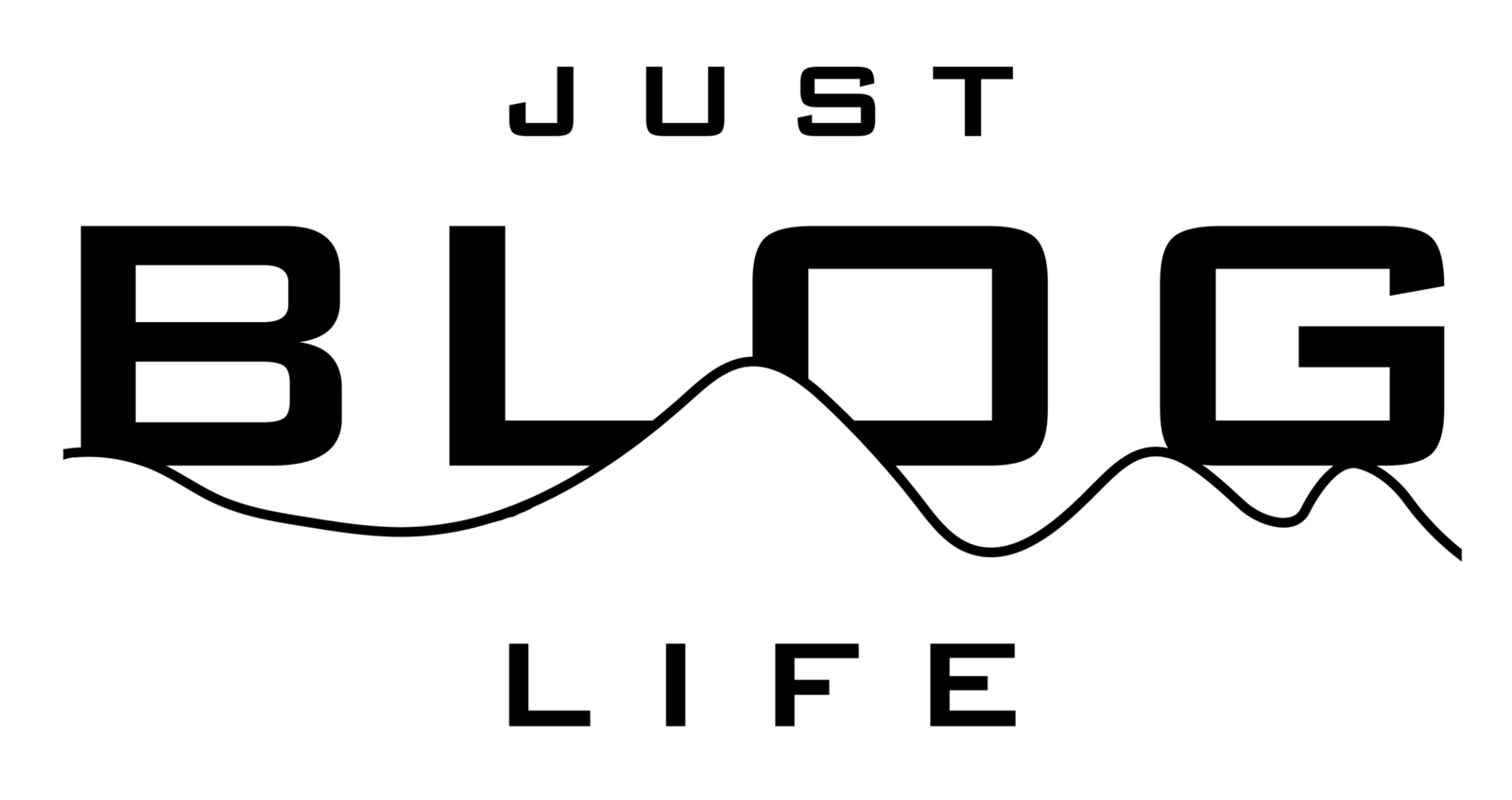Creating a great looking website page or blog article is the first step in getting content on your website. Before even thinking about structure it’s important to have really good high-quality content aimed at your intended audience. The old strategy was to get as much content on your website or blog as possible. Now Google is more intelligent and also looks at the quality of the content and will rank it accordingly.
One question I get asked a lot is “How often should I be adding new content?”. Well, this is going to vary but most people I’ve helped start by adding either on a weekly or on a monthly basis. The most important thing is to have good quality content that works. I worked with an individual a number of years ago and explained this process of optimising his existing website content. He was using the WordPress platform, so the first step was to install the Yoast SEO plugin (a must).
Without going into detail Google ranked the page quickly, but not within the first 20 pages so it was not being seen. To help improve its visibility we looked at trending topics in Google using Google Trends. Luckily we found one very quickly, which was linked to the current storms hitting a small Welsh town close to where he was based. Doing this propelled the blog article to the first page and the top slot within a few days. The article was also picked up by the BBC who asked if they could feature it. It was a no brainer really and the answer was yes. Needless to say, this one high-quality article has supported the business since. It still resides at the top of the Google Ranking and still helps generate business.
So, here goes..
Most of the website optimisation I help with is based on websites that have been created using the WordPress platform. As mentioned above the Yoast SEO plugin is a must as if you can learn how to use it you’re onto a winner. Even if you don’t have a WordPress website I would suggest you have a look at the free Yoast SEO training videos. It will still help with any website as the principles are the same.
Step 1: Title (Ideally 60 characters)
Your page title or blog article is extremely important. You should do some keyword research prior to makesure you’re using words that your intended audience search for on Google. Have a look at the How do I choose the right content and search keywords for my webpage or blog article?. This should get you on the right track.
Step 2: First Sentance
You need to make sure you use the the keywords from the title in the first sentance. This tells Google that your content is relivant to the title.
Step 3: How many words?
Your page should have a minimum of 300 words. This would form what is called a short post and is generally used to get engagement by starting a discussion. 300 to 600 words is the standard recommended blog article length.
Step 4: Content Construction
The construction of your content is very important. With most people now using smartphones it’s important to break up the text making it as easy as possible to read. When we see an article we quickly work out how long it’s going to take to read and then decide if we have the time to read. How many times do you save a text-heavy article to read later to then quickly forget about it? So, here’s some top tips…
- Keep your content simple and aim for a readability level of a 13-14 year old.
- Short sentences – ideally no more than 20 words.
- Try not to use large paragraphs of text.
- Use subheaders to break up the text.
Step 5: Images
It’s always a good idea to use images to enhance your text. If you do, don’t forget to rename the image file so it relates to the page or article. Also, remember to add an alt text.
Step 6: Links
It’s always a good idea to use both internal and external links. Internal links are one’s that link to content within your own website. External links link to content on another website. When using external links its a good idea to make sure they open in a new browser window. I tend to try and use at least one of each, which Google seems to like.
Conclusion
Getting your website listed and ranked on Google can be time-consuming, but is well worth the effort. It’s important to establish consistency as well as your own personality. Although Google changes it’s algorithms often the above structure will most likely stay the same. All you have to remember is to make your content engaging and high quality,

